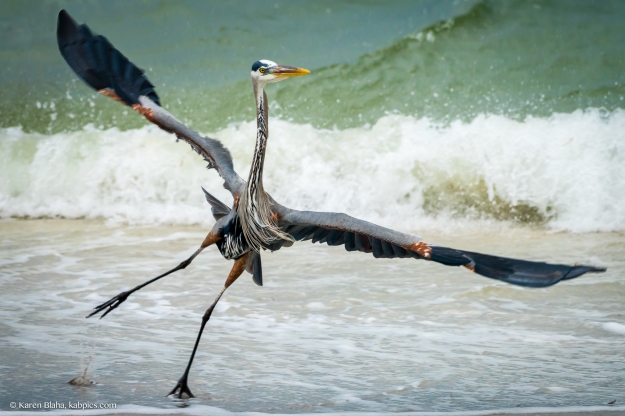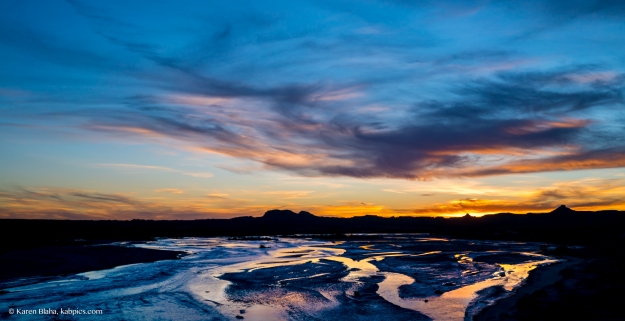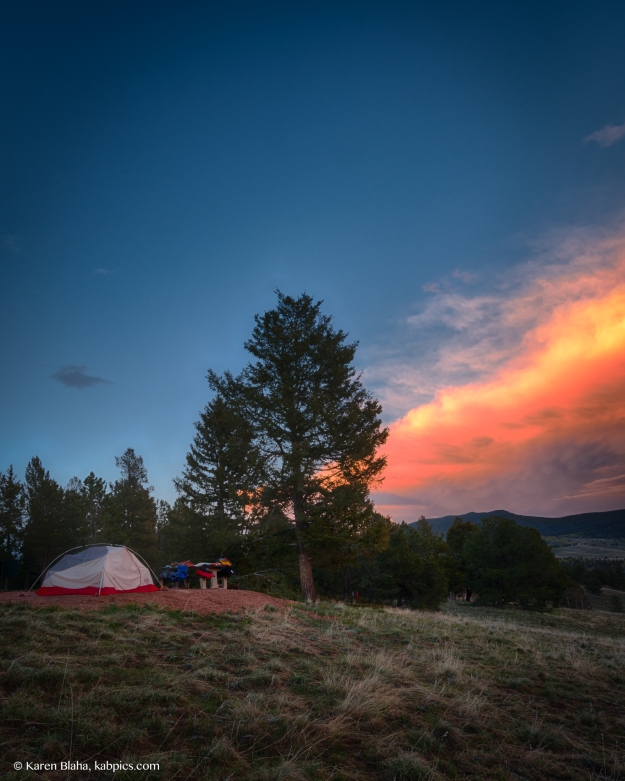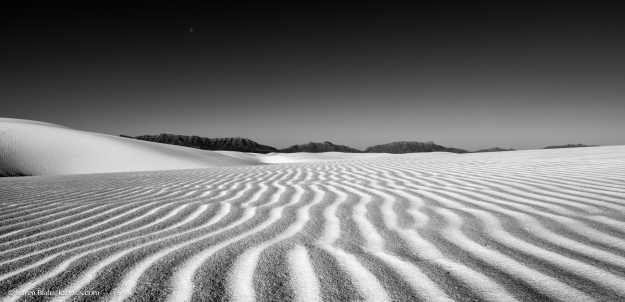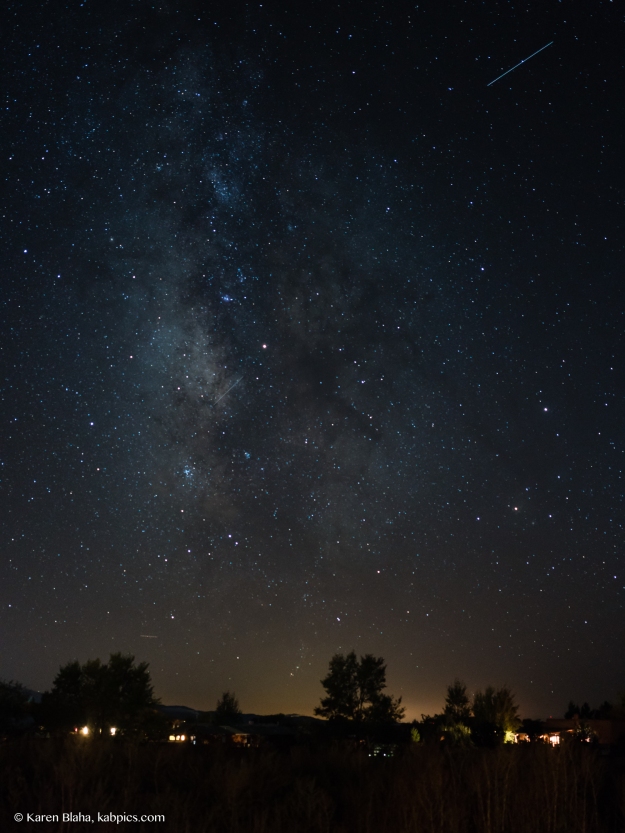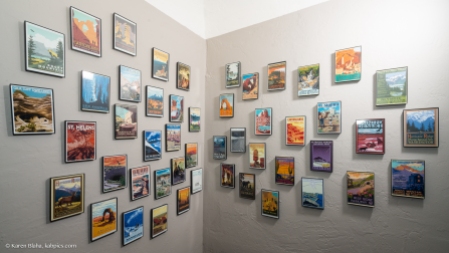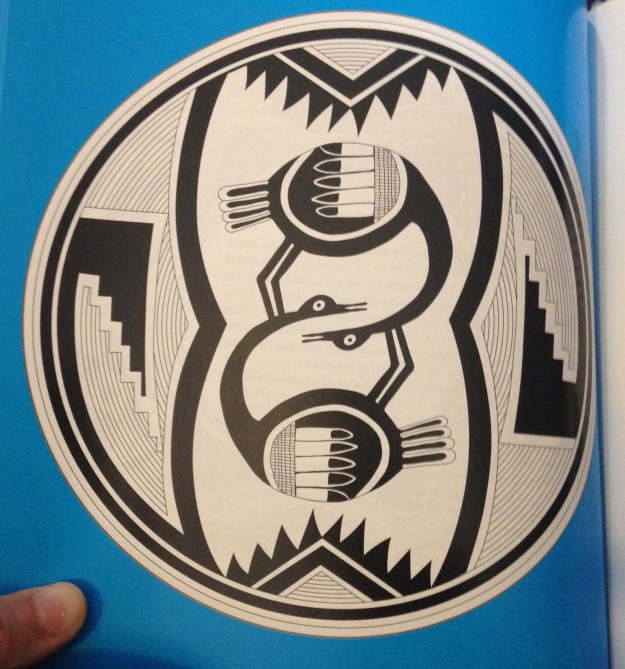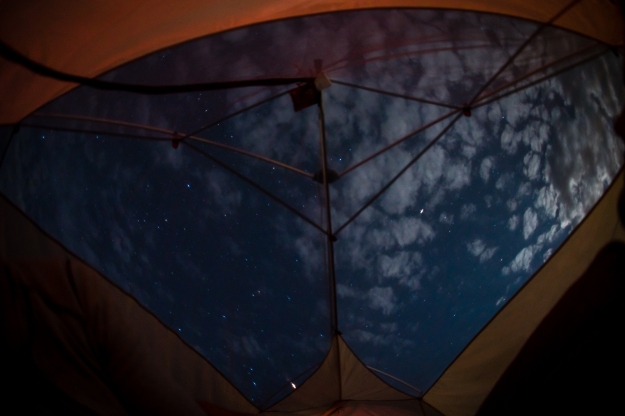Mount Taylor is a volcano 80 miles west of Albuquerque, the most prominent feature in the western panorama looking from the foothills of the Sandias. It was named in 1849 for then-President Zachary Taylor. The Navajo call it “Tsoodził” (don’t ask me to pronounce that), and the mountain is important in the beliefs of the Navajo and local pueblo peoples. The mountain is rich in uranium, and was a mine until 1990. In nearby Grants, you can visit a mock uranium mine. Mount Taylor is also the site of the grueling-sounding Mount Taylor Quadrathlon, featuring biking, running, cross-country skiing, and snowshoeing.
Zachary Taylor was the second and last Whig to be elected to the presidency. Both he and William Henry Harrison were generals, and both died early in their presidential terms. Taylor was mostly apolitical; the presidency was his first elected office. He fought in the War of 1812, against the Black Hawk Indians in what is now Minnesota, and against the Seminoles in Florida. He became known as “old rough and ready.” His daughter married future president of the Confederacy Jefferson Davis, but she died three months into the marriage.
Taylor came to national prominence during the Mexican-American War. This war eventually brought the territory of New Mexico into the union, and is detailed in Amy Greenberg’s A Wicked War. Taylor won famous victories in the Battle of Monterrey and the Battle of Buena Vista. The war was initially popular, and Taylor became correspondingly popular after his victories. Taylor privately opposed the war from its beginning, calling an early troop movement “injudicious in policy and wicked in fact.”
Democratic president James K. Polk (1845-1849), who had almost single-handedly created the war, grew frustrated that Taylor, a whig, was getting credit for what Polk considered democratic achievements. Before the Battle of Buena Vista, Polk stripped Taylor of a portion of his troops, leaving Taylor and his troops more vulnerable to attack from the army of Mexican general Santa Anna. Santa Anna was a busy boy in early Mexican history; he was president 11 nonconsecutive times, and he was the leader of the Mexican forces at the Battle of the Alamo in the Texas revolution. As time passed, the war grew unpopular, and so did Polk. After the invasion of Mexico City, the war stagnated, with US forces harassed by guerrilla warfare. US troops committed atrocities, such as the Agua Nueva Massacre. Polk wanted to annex all of Mexico, and some wealthy individuals in Mexico preferred this to the constant coups that plagued early Mexico. But would this territory permit slavery? And how would dreaded dark skinned Catholics be allowed to become citizens? Eventually, the upper one-third of Mexico’s territory was ceded to the United States in the Treaty of Guadalupe Hidalgo (a treaty that Polk opposed, but grudgingly accepted).
Taylor never saw Mount Taylor nor set foot in New Mexico, as far as I can tell. But he made his mark on the modern state of New Mexico in a couple of ways. The Mexican-American War brought most of the territory of New Mexico into the United States. And during his brief presidency, Taylor opposed Texas’ claims to the eastern half of New Mexico. Thanks in part to President Taylor, I live in New Mexico and not Texas.
Taylor assumed the presidency in March of 1849. Perhaps Polk resented this, but not for long; he had the shortest retirement of any president, dying just three months after leaving office. In the 1800s, presidents took office on March 4th after the election. Because March 4th, 1849 fell on a Sunday, Taylor refused to be sworn in. This led to “President for a Day” David Rice Atchison, who is slightly famous in my home state of Missouri. Taylor lacked specific policies and history considers him to be in the worst 25% of presidents. On July 4th, 1850, President Taylor ate some fruit and milk at a Fourth of July celebration. He became ill and died on July 9th, leaving Vice President Millard Fillmore, who is rated even worse than Taylor, historically. Polk, incidentally, is rated 10th best president, a ranking I suspect the author of A Wicked War disagrees with.
Perhaps someday I will learn how to pronounce Tsoodził, what it means, and the names and meanings of Mount Taylor in the Puebloan languages. Until then, I suppose Old Rough and Ready will have to do. He seems like the sort of person one makes do with.


